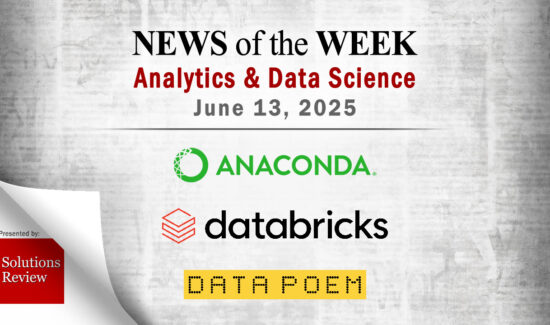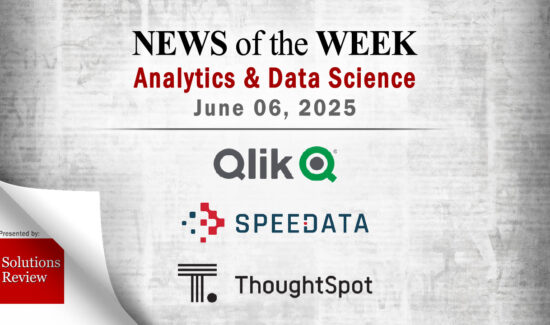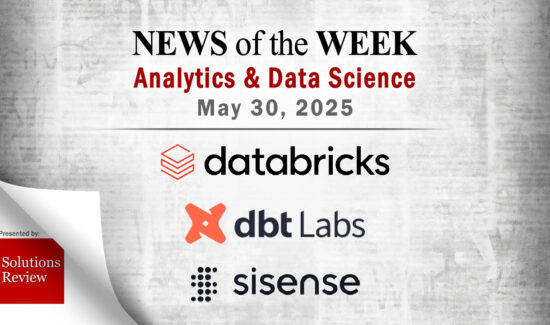Top 3 Reasons Why Businesses Should Consider Bimodal BI


By Kim Hanmark
The success or failure of any Business Intelligence project ultimately depends on the accessibility of critical data to the right people, at the right time. In order to achieve success, savvy businesses understand the importance of first selecting the right type of BI solution design. For many, a bimodal approach – which offers the best of both traditional and modern BI – will best meet business needs. To begin, traditional and modern BI are each defined by Gartner as follows:
“Traditional reporting-based BI platforms and supporting processes are not designed to support the current pace and dynamic nature of business change or the exponential growth in terms of the sources, volume and complexity of data.”
“Modern BI platforms must be agile, user-friendly and trusted to support the expanded —increasingly mission-critical, time-urgent and dynamic — role of analytics in driving competitiveness and creating business value.”
Both the traditional and modern BI models have certain strengths and weaknesses. For example, as traditional BI leverages a data warehouse this ensures that no matter where the information is coming from, it will be delivered to information consumers consistently from a single common data model. But, this can also be very cumbersome, and prevents experimentation. Traditional BI isn’t conducive to making decisions on the fly.
But, there are also drawbacks to modern BI. For example, what if your company acquires another business, or goes through a merger? That means you have a whole new set of data to consider, and most modern BI tools won’t be able to get your teams up and running very quickly – these tools are built for agility and speed, but only when the data is already cleansed and fully integrated. No one can wait around for a year or more to use internal data, and then wait even longer to start working in external data.
The importance and power of the self-service BI approach is clear. However, for companies that already have a data warehouse system, it may be worth considering a solution that provides the best of both worlds: a bimodal BI environment. Here are the top three reasons why businesses should consider a bimodal approach to BI:
- You need to leverage existing tools to keep costs down: If your company already has a data warehouse in place, it isn’t realistic to scrap all of that hard work and move on to a modern BI tool. However, if your team requires some of the additional benefits of modern BI, such as self-service, then a bimodal BI strategy will bridge the gap between the two solutions. The integrity of data will be maintained and the agility of a modern system will come into play. Bimodal also allows for a certain amount of self-sufficiency from the data warehouse system that typically involves hand-holding from IT.
- Your team wants to increase Data Discovery and innovation without compromising everyday functions: A bimodal BI strategy should not only facilitate traditional business operations, but also discovery and innovation. A decentralized, relaxed, creative Data Governance strategy is necessary for any type of ad-hoc data discovery. But at the same time, not everyone has the time or skills to engage in an advanced level of data innovation. You don’t want business operations to be negatively affected by this kind of experimentation. As such, bimodal BI enables IT to engage in “sandbox analytics.” This is the process of breaking up small, isolated groups to produce, experiment with and share data before considering wider adoption.
- You are merging historical and real-time data: A bimodal BI strategy will help pull external data and combine it with data already in the data warehouse. This allows for data prototyping and experimentation outside of the data warehouse with the speed and flexibility of an in-memory solution. It removes IT from the process of new data incorporation and puts complex and external data exploration into the hands of everyday business users.
In sum, businesses should consider a tool that offers the speed and user-friendly aspects of modern BI, but leverages the tried-and-true scalable modules of a traditional BI tool that allows users to do the hard work on the back end. Users are able to leverage information as it is analyzed, not wait around for every piece of information to be integrated first.
 Kim Hanmark, Director of Professional Services, EMEA at TARGIT, has worked within the technology since the early 90’s. He started as a software developer, building solutions for enterprise class companies. After the IT bubble burst in 2001, he transitioned into business management with a technology perspective. He spent the last five years helping large corporations successful increase the adoption of Data Management technologies.
Kim Hanmark, Director of Professional Services, EMEA at TARGIT, has worked within the technology since the early 90’s. He started as a software developer, building solutions for enterprise class companies. After the IT bubble burst in 2001, he transitioned into business management with a technology perspective. He spent the last five years helping large corporations successful increase the adoption of Data Management technologies.






























